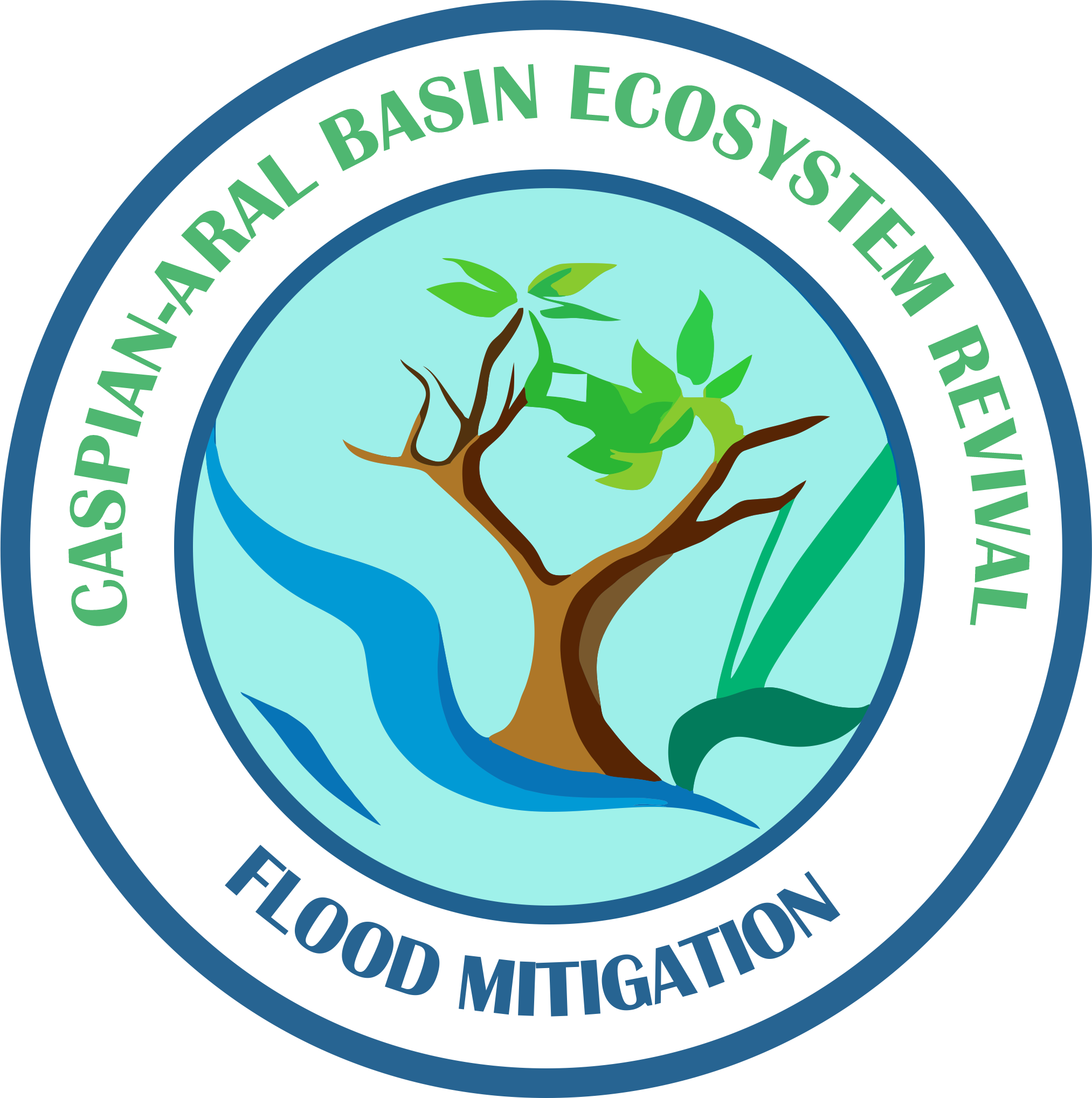
Foundation Founder
Dear friends,
I am glad to announce the opening of the «International Caspian-Aral Basin Ecosystem Revival and Flood Mitigation Fund».
My childhood was spent in the former Dzhezkazgan region. As children, we often went to rich pastures, fished and hunted wild animals. The south of the Kazakh upland is the foothills of Ulytau, the vicinity of Zhezkazgan, the Northern Balkhash region. This is the land of plains with small hills, the remains of the destroyed prehistoric mountains. At the same time, this is by no means a monotonous boring wasteland, but an impressive collection of completely different landscapes: swampy river valleys, flooded and dry meadows. These steppes, affectionately called by the Kazakhs "Golden", have always served as a summer pasture – zhailau. Numerous herds of relic hump-nosed antelopes – saigas – grazed here, and wolves were in no way inferior in size to African tigers.
I also remember a small dam that made a huge pond on a puny river. It was built in 1909 by the British to meet the needs of the copper smelter.
What I saw in the late 90s and early 2000s upset me greatly. The steppe was practically dead. Where lush grass grew and numerous streams flowed between the hills, they turned into takyr. The reason is the death of the Aral Sea. People have killed the sea, and now the nature of the sea brings death and disease to people. Every year, up to 80 million tons of poisonous salts rise from the dried bottom of the Aral Sea. They are carried by dust storms for many thousands of kilometers – from Western Europe to the peaks of the Tien Shan and the Himalayas, having a negative impact on the health of people and ecosystems in all our countries.
Then I decided to make every effort to revive the ecosystem of the region. All this time:
- Studied the works of his fellow countryman K. Satpaev, the last major project, which was the notorious now "turn of the Siberian rivers to Central Asia", of which in 1959 he managed to embody the Irtysh-Karaganda canal.
- In 2017, built a dam in the village. Kyzyluyym, Enbekshilder district, Akmola region. The dam, in the period from April to May, retains flood waters and is evenly used for the development of flood meadows. The result is amazing: the microclimate has improved; wild animals and birds have chosen a watering place and a herbage; the locals forgot about the dry years.
And now, after 20 years, the time has come to move on to the next step – to redirect the flood waters of the Yesil River to the Aral Sea, restoring water meadows on the territory of more than 3 million hectares in the Akmola, Aktobe and Kyzylorda regions along the way.
To do this, it is necessary to increase the water inflow of the Esil River basin and, in the area of the city of Kenesary (formerly Derzhavinka), transfer part of the water to the Torgai River, which, having subsequently filled Lake Shalkarteniz, would break into the Aral Sea, as in the old days.
This project is a complex research and engineering project that requires careful planning and environmental impact assessment.
We are currently working on two projects in parallel:
- A project to clean up the bottom of the Astana reservoir located on the Yesil River and designed to restore the design parameters of an artificial reservoir (to carry out bottom cleaning works in the amount of 47 million m3)
- Together with the Kazakh Research Institute of Water Resources (founded in 1950 and is the leading scientific organization of the Republic of Kazakhstan), reconnaissance surveys of the route of the internal transfer of the flow of northern rivers to the northern Aral are planned.
Our goal is to help nature restart the mechanism of self-healing of the ecosystem and reduce the impact of floods in the region. To use the largest source of fresh water available to Kazakhstan – this is melted flood waters.
The Fund will also finance scientific research on the ecosystems of the Caspian and Aral basins, floods, climate change and other environmental issues in the region.
We collect donations and distribute them to achieve our goals. Each contribution is an important step towards creating a more sustainable and environmentally friendly future for our planet.
ICABER
